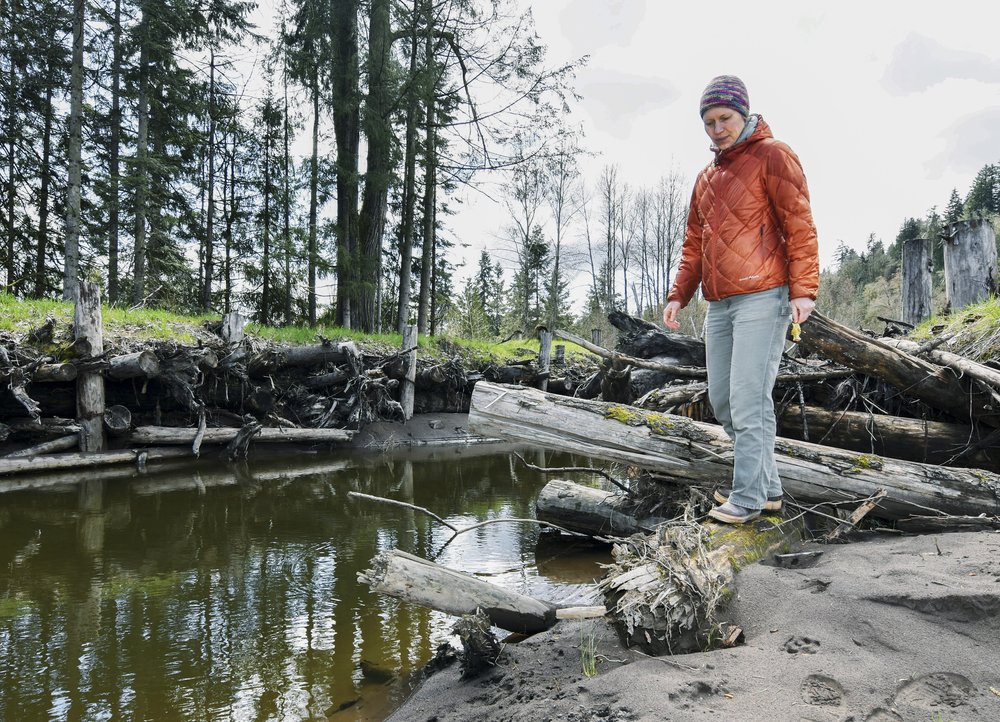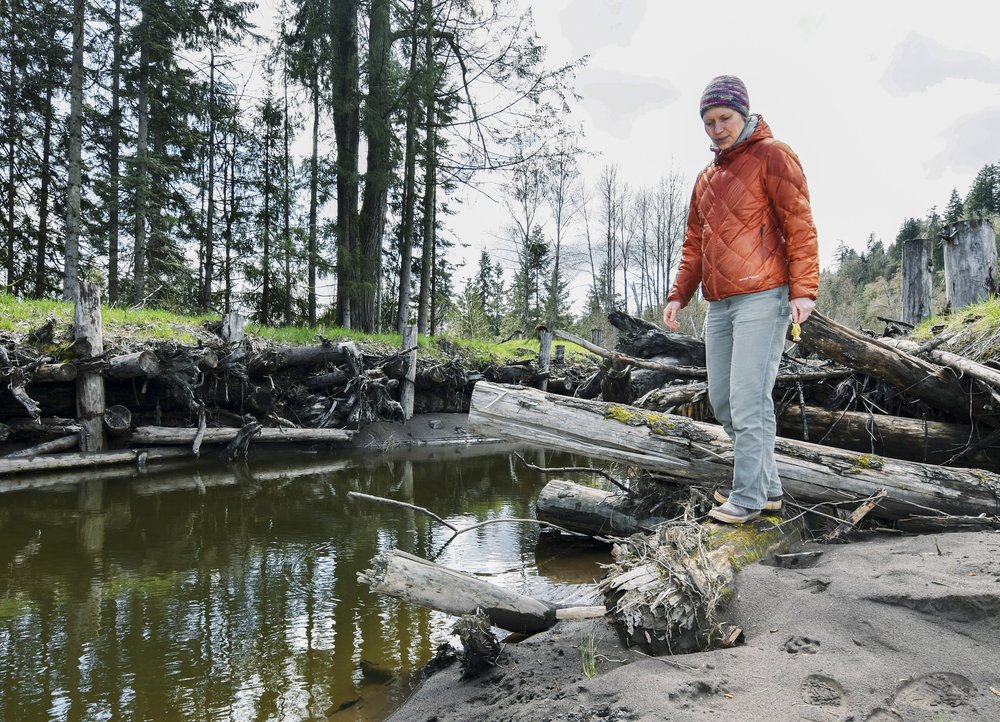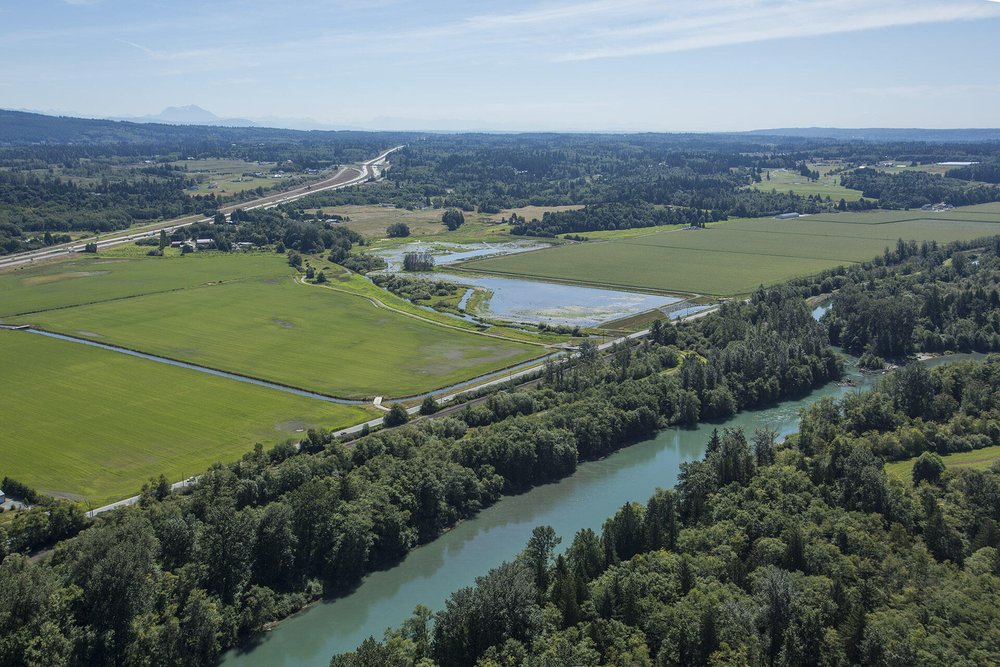Washington state abounds with lots of greenery and rich soils, making us an important agricultural producing state. Our state is the leading producer of apples, and produces a large portion of wheat, potatoes, berries, and dairy and beef for the U.S. As we continue to preserve our natural lands and resources, we look toward farmers, who are some of the most involved stewards of the lands, in combating the effects of climate change and leading conservation efforts.
For our state to reach our climate and conservation goals, it will take a coalition of individuals, businesses, agricultural workers, and community leaders to dive into and facilitate our recovery. Investments that recognize the role farmers have in restoring our lands will provide an all encompassing approach to reaching our climate and habitat goals. As state legislators consider hundreds of millions in funding to protect and restore riparian habitat — the trees and plants along riverbanks that are critical to healthy water quality, river function and temperature for salmon — we’re excited to see recognition for the vital voluntary contribution farmers and other private landowners make in conservation and earmarked funds that aid their voluntary leadership.. The allocation of those funds will mainly appear in ongoing voluntary stewardship and restoration programs, climate disaster mitigation and resilience planning, and other grant programs.
Riparian habitat (foreground) alongside the Skagit River. © Marlin Greene/One Earth Images
$6 million for Voluntary Stewardship Programs and $7 million for CREP
Voluntary incentives are proven pathways to successful conservation efforts, and we see that with the number of counties participating in such programs.. For instance, these programs can play an essential part of our salmon recovery efforts. The Conservation Reserve Enhancement Program (CREP), a program of the federal Farm Service Agency, doles out federal resources for farmers to install and maintain agricultural riparian buffers to keep waters clean for quality habitat for fish. We should continue to recognize and incentivize farmers as conservation stewards, and the state Legislature is making a sizeable investment in the state-match for CREP. More than half of Washington state counties participate in the Voluntary Stewardship Program, which establishes county-wide habitat enhancement goals for agricultural areas, and it’s exciting to see the legislature is finally proposing to invest in the implementation of these enhancements to see if they can be implemented at a broad and fast-enough scale to truly protect critical habitat.
Learn more about salmon Recovery

Washington Field Office staff members traveled to Orting to see the South Fork water project that Floodplains by Design helped implement. Photo © Jessie Israel/TNC
The importance of floodplains
As the effects of climate change are increasing the intensity of natural disasters like floods, it’s critical local communities can be empowered to minimize damages. This past year, Skagit Valley and Nooksack Basin faced devastating floods, destroying homes and agricultural lands. Integrated floodplain management is a necessity for Washington state communities, where farmers, habitat recovery leaders, and tribal nations partner for a shared future in the face of climate change.
The Washington State Senate has proposed $5 million to match federal infrastructure funding for pre-disaster flood mitigation with a priority for nature-based solutions . The State House has proposed $750,000 for flood prevention in the Nooksack Basin specifically. We encourage our state legislators to support both these allocations of flood prevention funds to voluntary programs to improve our natural lands.
Learn more about how we’re working together on flooding
$2M to prevent farmland conversion; $2M for Climate-smart agriculture
Both chambers of the legislature are supporting $2M to prevent farmland conversion to development AND $2M in new incentives for farmers to initiate climate-smart farming practices. Funding for the Farmland Protection and Land Access program can facilitate the creation of agricultural easements to help prevent conversion of farmland for other uses and assist new and beginning farmers, especially those from underrepresented groups, as they take on ownership and stewardship of agricultural land. Funding for the Sustainable Farms and Fields Program, started by the legislature in 2020 but not funded, will give grants to help farmers tackle climate change on the ground.
We all derive benefits from healthy habitats and productive agricultural lands. Our elected officials must act on supporting voluntary conservation programs for our state to thrive.
Banner photo © Bridget Besaw

